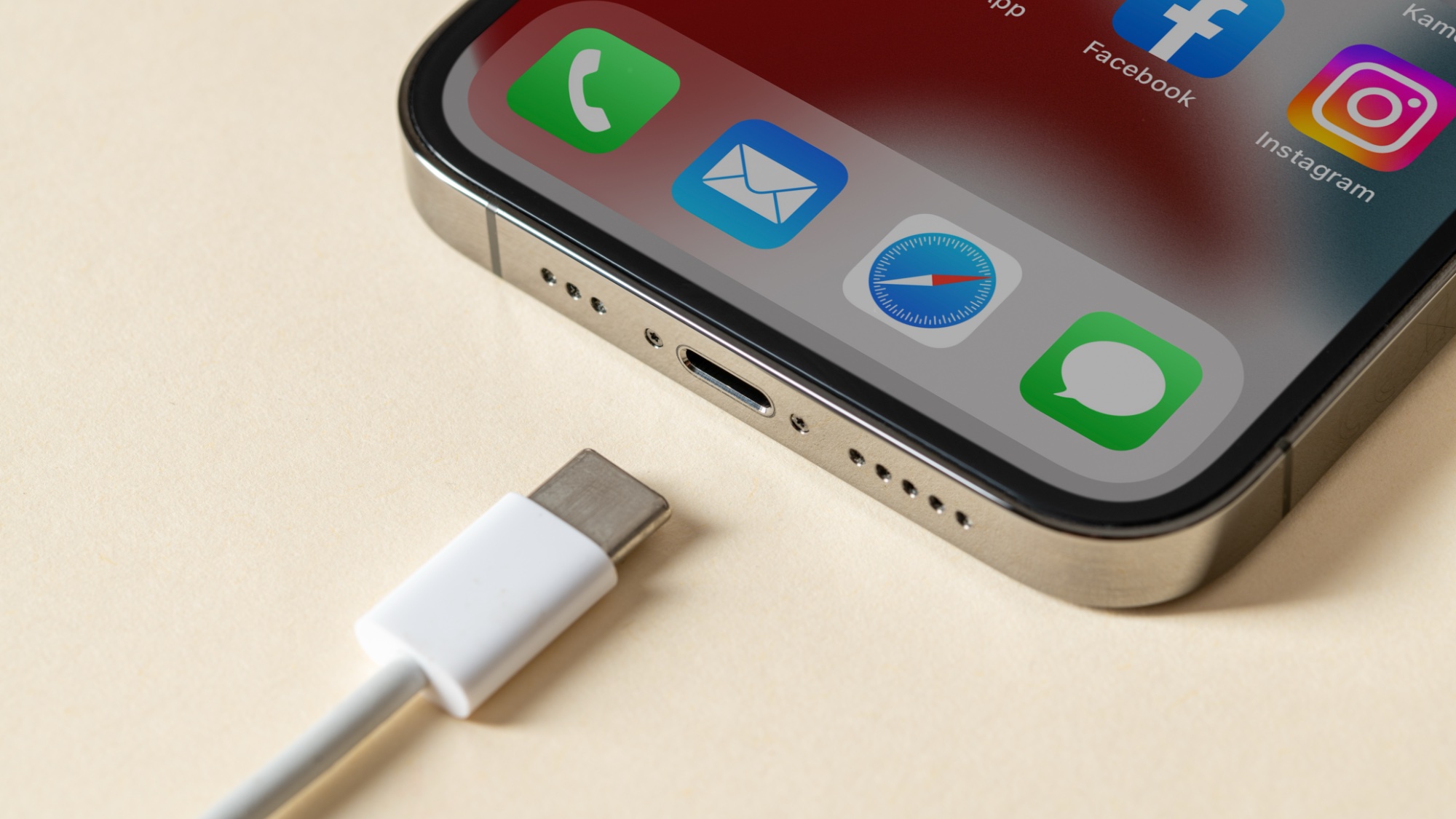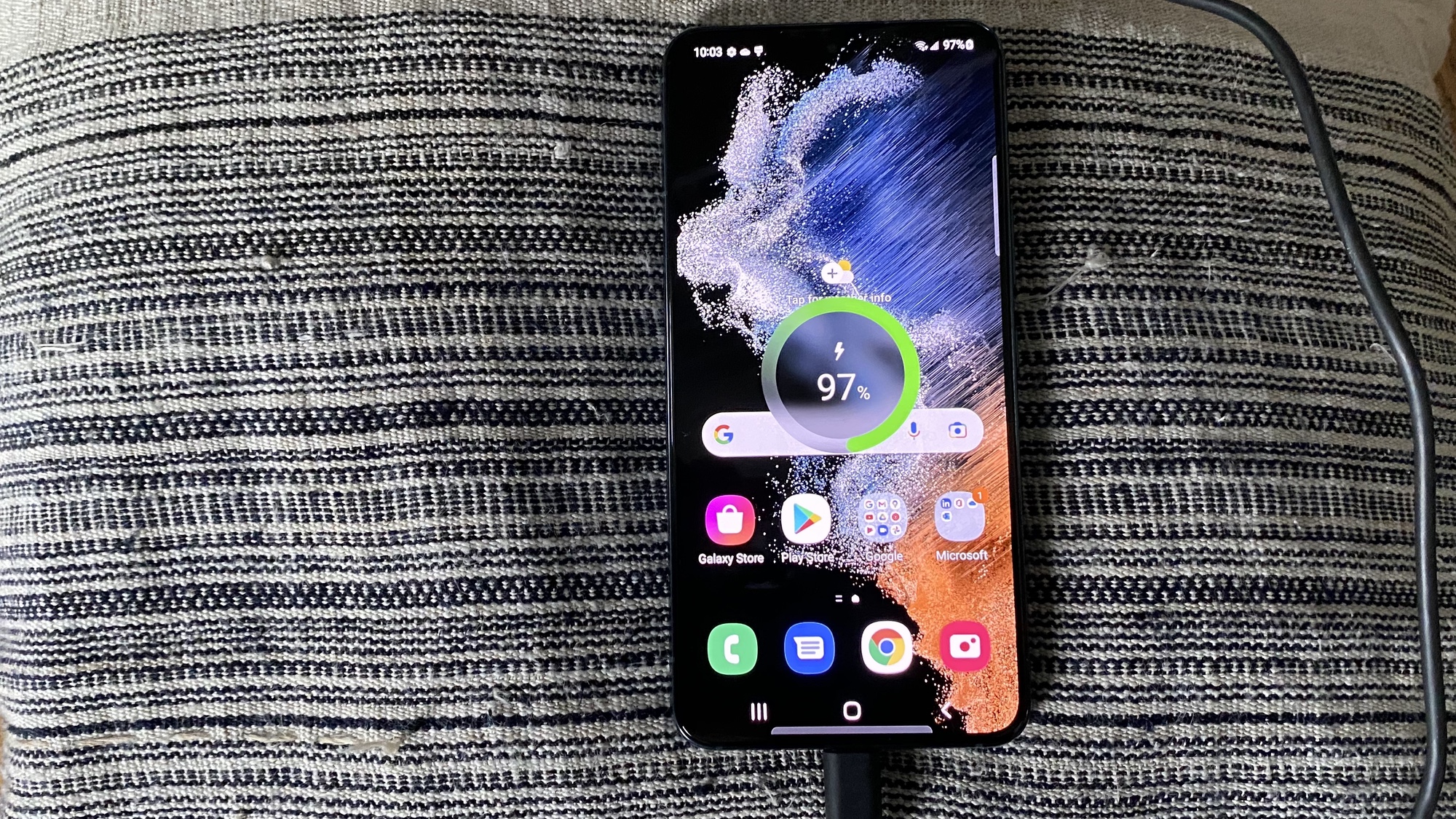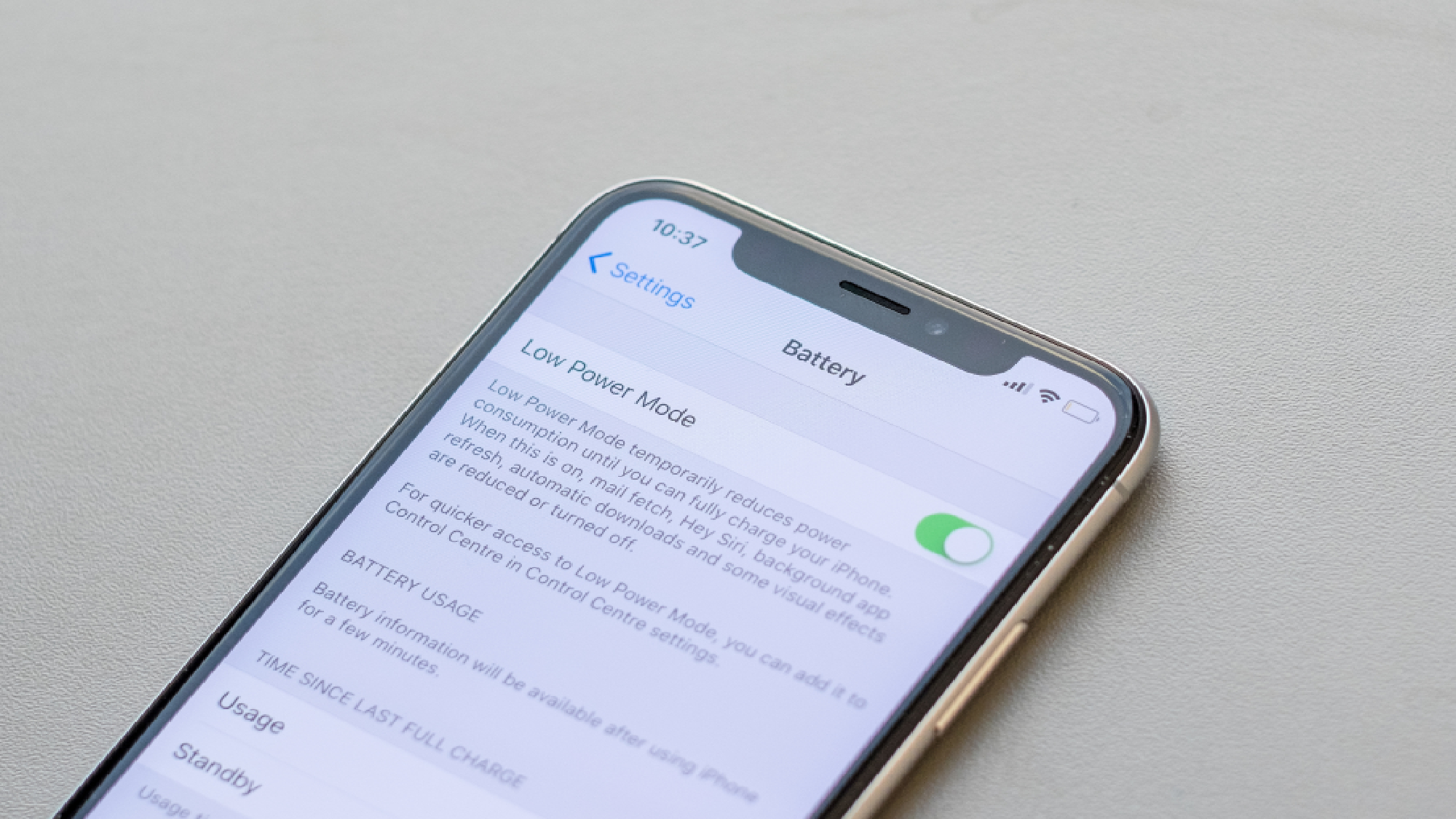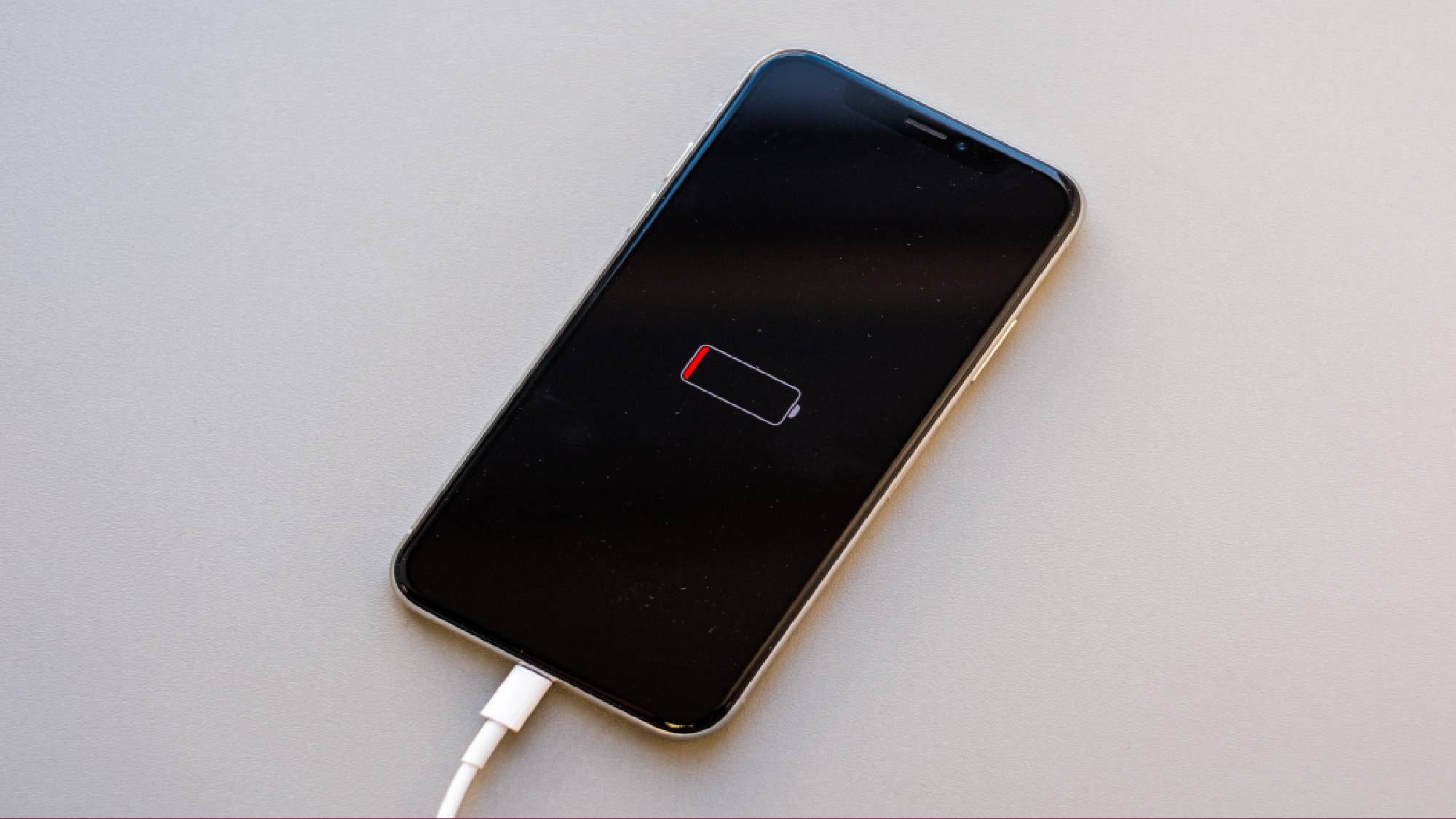Your phone battery is dying faster than it should — here’s how to fix it

It doesn’t matter if you’re team iPhone or team Android. Your phone’s battery probably doesn’t last as long as it used to, and I can almost guarantee you it’s not because of heavy app usage or screen time. The real culprit is likely battery degradation, which happens naturally over time as your device goes through charge cycles.
Every smartphone battery is designed to handle a specific number of full charge cycles before its capacity starts declining. Understanding how these cycles work and adjusting your charging habits can significantly extend your battery’s useful life.
Most people unknowingly damage their battery through common charging mistakes, but simple changes to your routine can make a substantial difference. Here’s how to maximize your phone battery’s lifespan.
1. Keep your charge between 20% and 80%
(Image: © Shutterstock)
This charging range represents the “sweet spot” that puts the least stress on your battery’s cells. Constantly charging to 100% or letting your phone drain completely creates more wear on the battery than staying within this middle range.
Try to plug in your phone when it reaches around 20% battery remaining, and unplug it once it hits 80%.
This practice reduces the number of full charge cycles your battery experiences, which directly extends its overall lifespan.
2. Avoid using your phone while charging

(Image: © Digitpatrox)
Using your device while it’s charging generates extra heat, which is one of the biggest enemies of battery longevity. Heat accelerates chemical reactions inside the battery that lead to faster degradation and reduced capacity over time.
Let your phone charge without heavy usage whenever possible. If you must use it while charging, stick to light tasks like reading or basic messaging rather than watching videos, playing games or other processor-intensive activities.
This practice also helps your phone charge more efficiently since it’s not simultaneously trying to power demanding applications while replenishing the battery.
3. Enable battery saver mode strategically

(Image: © Shutterstock)
Most smartphones include a battery saver mode (low power mode on iPhone) that reduces background activity, limits data syncing, and slows down non-essential processes.
Using this feature strategically can reduce the strain on your battery during heavy usage periods.
Turn on Battery Saver Mode when your phone drops to around 30% battery, or enable it during times when you know you’ll be away from a charger for extended periods. This extends your current charge while reducing the overall stress on your battery.
The feature helps preserve battery health by preventing your phone from working harder than necessary when power is limited, reducing heat generation and unnecessary drain.
4. Keep your software updated

(Image: © Digitpatrox)
Software updates often include battery optimization improvements that help your phone use power more efficiently. Newer versions of operating systems typically include smarter energy management features and bug fixes that can reduce unnecessary battery drain.
Install system updates promptly when they become available. These updates can improve how your phone manages background processes, reduce the frequency of cloud syncing, and optimize processor performance to conserve battery power.
Updated software also ensures your phone’s battery management system works as effectively as possible, helping it make better decisions about when to charge, when to preserve power, and how to distribute energy across different functions.
5. Understand your charge cycles

(Image: © Shutterstock)
Think of your battery like it has a certain amount of lives or uses before it gets tired. A charge cycle is like using up one of those lives — it happens when you use up all 100% of your battery power.
But here’s the cool part: you don’t have to use it all at once. If you use 50% today and 50% tomorrow, that still counts as just one “life” used up, not two.
Mark Patrick, Director of Technical Content at Mouser, notes that “if you’re charging your phone every day, you’re wearing out your battery in as little as 500 days, so under two years, which is why it suddenly feels like your phone can’t keep up anymore.”
By understanding this concept, you can make smarter decisions about when and how to charge. Frequent small top-ups are actually better for your battery than waiting for complete discharge followed by full charging sessions.
More from Digitpatrox
Follow Digitpatrox on Google News to get our up-to-date news, how-tos, and reviews in your feeds. Make sure to click the Follow button.
Back to Mobile Cell Phones
Source link

